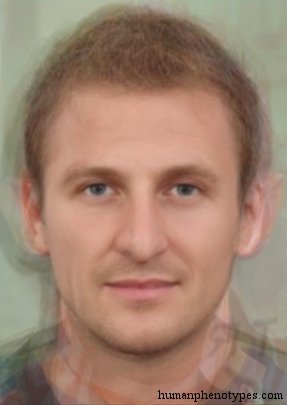Description
Central European type that closely resembles Dinarids except for lighter pigmentation. Authors interpret this to be the result of Nordid and other (e.g. East Europid) admixture. The name derives from the Roman province of "Noricum" in today's Austria. Common in Austria, Slovakia, Southern and Eastern Germany, Northern France, Northern Albania, also Northern Italy, Bosnia, Serbia, Western Ukraine, and the Carpathian Mountains, sometimes Greece, Russia, and other regions.
Physical Traits
Skin: Pale to fair
Hair: Straight or wavy
Hair Color: (Ash) blonde, occasionally red
Eyes: Light mixed, often blue or grey
Height: (Rather) tall
Build: Often mesomorph
Legs: Mesoskelic
Skull: Brachycephalic
Vault: Mildly hypsicranic
Occiput: Flattened
Nose: Long, hyperleptorrhine, often convex
Face: Bony features
Forehead: Broad and high
Chin: Sturdy but round
The Norid type exhibits pale to fair skin with straight or wavy hair that is ash blonde, occasionally red, paired with light mixed eyes, often blue or grey. The build is rather tall and often mesomorphic with mesoskelic leg proportions. The skull is brachycephalic and mildly hypsicranic with a flattened occiput. Facial features are notably bony, with a long, hyperleptorrhine nose that is often convex. The forehead is broad and high, while the chin is sturdy but round, creating a distinctive Central European appearance that combines Dinarid structure with lighter Nordic-influenced pigmentation.
Literature References
The Norid type has been described in anthropological literature as follows:
- Used by Deniker (1900) and Montandon (1933) as Sub Adriatic
- The term Norid was coined by Lebzelter (1929) and adopted by Škerlj (1936), Coon (1939), Vallois (1943), Drexel (1955), Schwidetzky (1974), and Biasutti (1967)
- Mentioned by Vondernach (2008)
- Stolyhwo (1924) found similar types in Poland








